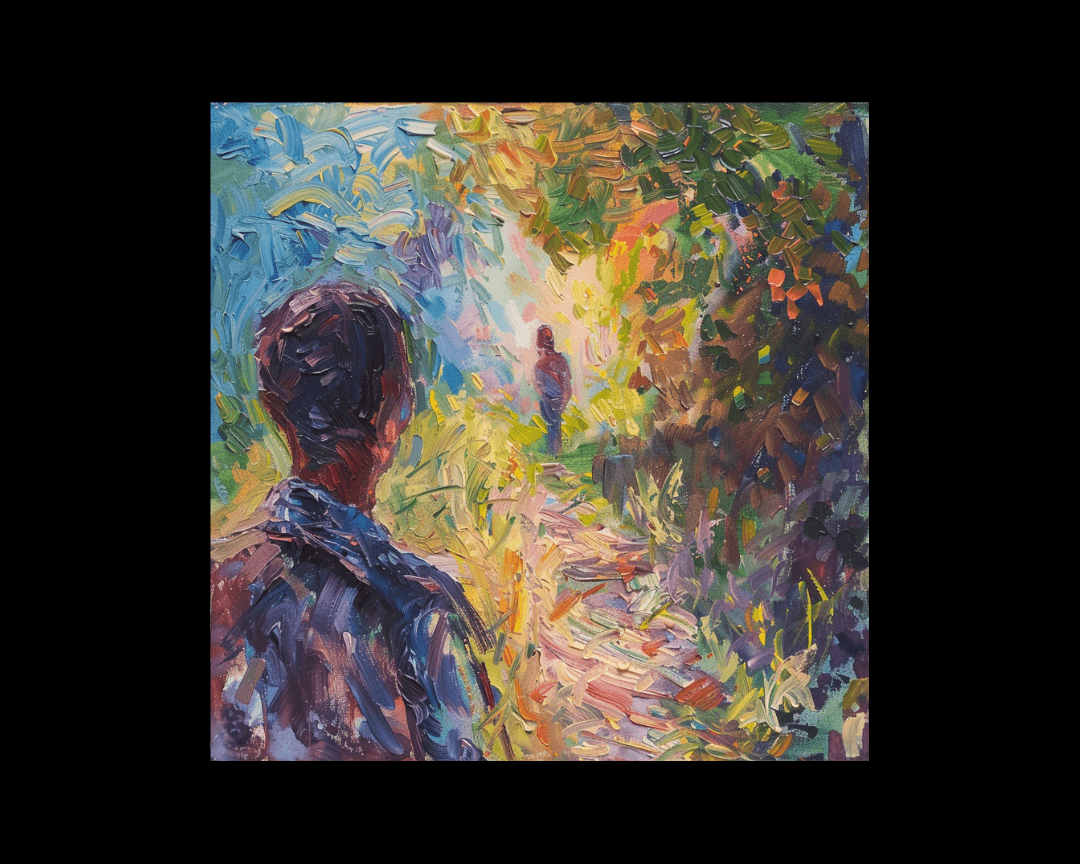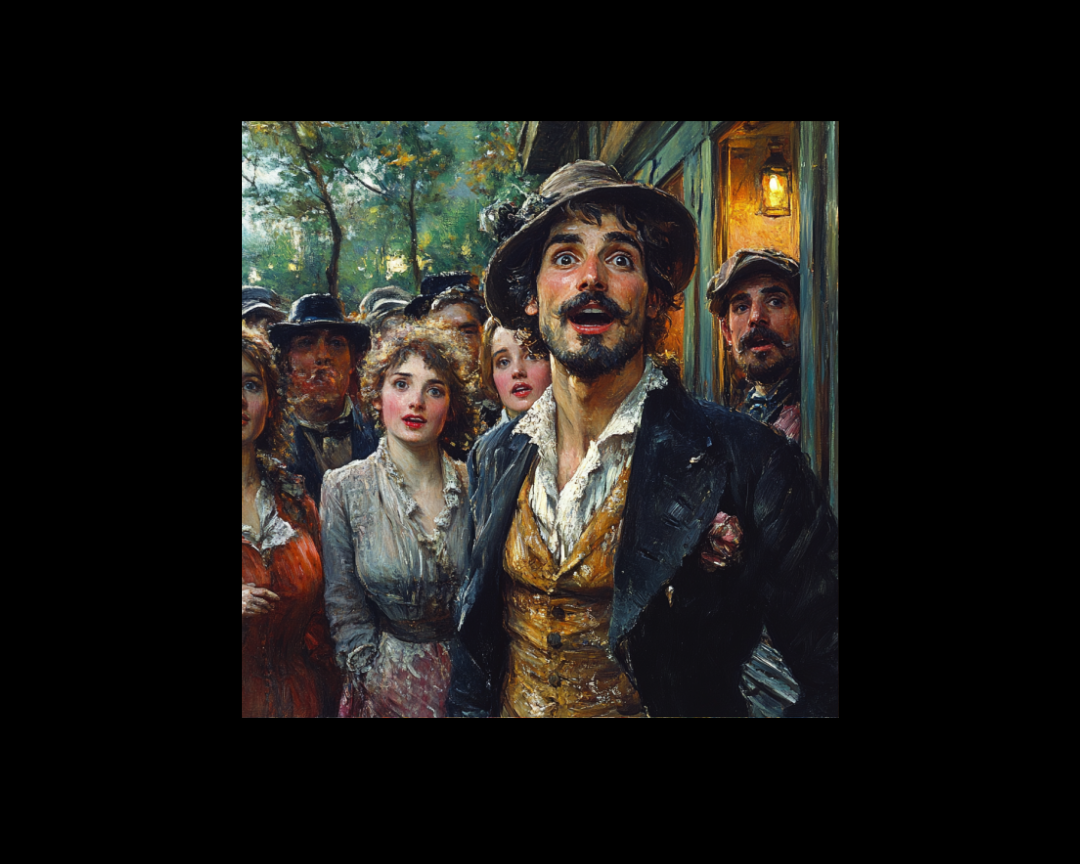A Writer’s Guide to Crafting Bone-Chilling Villains
Villains are the dark heartbeats that pulse through stories, captivating readers with their sinister allure. From Emperor Palpatine to Lord...
4 min read
 Writing Team
:
Oct 21, 2024 8:47:17 PM
Writing Team
:
Oct 21, 2024 8:47:17 PM

Crafting authentic dialogue in writing is an art that requires more than just a good ear for how people speak. Psycholinguistics, the study of the relationship between language and the mind, offers insights into how speech patterns are formed, processed, and understood, providing writers with tools to create dialogue that feels real and immersive. By drawing on cognitive models of how humans process language, writers can develop dialogue that mirrors authentic speech and reflects the psychological states, backgrounds, and cognitive processes of characters.
This article will explore how psycholinguistics can inform the creation of authentic speech patterns in writing, and how understanding cognitive models can lead to dialogue that resonates with readers.
Psycholinguistics is an interdisciplinary field that studies how the mind understands, produces, and acquires language. It focuses on how people process and store linguistic information, how they construct meaning, and how language reflects cognitive functions. These insights are invaluable for writers who want to ensure that the speech patterns of their characters reflect realistic cognitive processes.
Key elements of psycholinguistics relevant to dialogue writing include:
Cognitive models are theoretical frameworks that describe how individuals process information, including language. Writers can use these models to simulate how characters think and speak, adding depth and realism to their dialogue.
The mental lexicon is the part of the brain where vocabulary and knowledge about words are stored. People do not simply recall words randomly; they access them based on frequency, context, and associations. Understanding how characters might retrieve words from their mental lexicon can help craft dialogue that reflects their cognitive state and educational background.
Speech errors are normal in everyday conversation and often reflect underlying cognitive processes. They occur when there is a disruption in the mental plan for producing language, often due to cognitive overload. Writers can use speech errors or hesitation (such as false starts, repetitions, and filler words like "um" or "uh") to show a character’s mental state, anxiety, or fatigue.
Pragmatics refers to how people use language in context, including how they understand implied meanings, tone, and social cues. Characters don’t always say exactly what they mean; they often rely on implication, sarcasm, or subtext. Understanding pragmatics can help writers create dialogue that feels more natural, as real conversations are often shaped by context and unstated assumptions.
The Cooperative Principle, developed by philosopher H.P. Grice, describes how people generally cooperate in conversation to make communication effective. Grice identified four conversational maxims that govern how people exchange information: quality (truthfulness), quantity (informative but concise), relation (relevance), and manner (clarity). Breaking these maxims can create tension, humor, or miscommunication in dialogue, making it more dynamic and layered.
In dialogue, characters often infer what others are thinking or feeling, a concept known as Theory of Mind—the ability to attribute mental states to oneself and others. Crafting dialogue that reflects this can deepen interactions between characters by showing how they understand (or misunderstand) each other’s thoughts and motivations.
Using psycholinguistic principles and cognitive models, writers can make dialogue more authentic and reflective of real-life speech patterns.
Each character’s dialogue should reflect their unique cognitive and linguistic background. A character’s age, profession, education, and emotional state can all affect how they speak. A linguistically savvy detective, for example, might use precise, interrogative language, while a nervous intern might speak in hesitant, fragmented sentences.
In real conversations, people interrupt, talk over one another, and don’t always wait for a complete thought to be expressed. Simulating these real-world dynamics, especially in group settings, can create a sense of authenticity and energy in dialogue.
Context greatly affects how people communicate. A character might speak formally in a business meeting but use slang with friends. Writers should ensure that dialogue shifts based on social context, showing how characters adapt their language to different situations.
Not everything needs to be said. Pauses, silence, or moments of hesitation can speak volumes about a character’s internal conflict or emotional state. By controlling the rhythm of dialogue, writers can emphasize tension or vulnerability.
Toni Morrison’s "Beloved": Morrison expertly uses fragmented dialogue and disrupted speech patterns to reflect trauma and memory loss in her characters, showing how cognitive and emotional states affect language.
J.D. Salinger’s "The Catcher in the Rye": Holden Caulfield’s dialogue is filled with filler words, false starts, and digressions, reflecting his teenage angst and cognitive disarray. His internal monologue mirrors his spoken dialogue, offering a window into his chaotic mind.
Cormac McCarthy’s "The Road": McCarthy’s sparse, stripped-down dialogue reflects the bleak, post-apocalyptic setting. Characters speak minimally, their language shaped by survival and trauma, using the cognitive tools available to them in their desperate state.
Psycholinguistics provides writers with a deeper understanding of how humans process and produce language, allowing for more authentic and nuanced dialogue. By applying cognitive models such as the mental lexicon, speech errors, pragmatics, and the Cooperative Principle, writers can create characters whose speech patterns reflect their mental and emotional states. The result is dialogue that not only advances the plot but also enhances character development and enriches the narrative.

Villains are the dark heartbeats that pulse through stories, captivating readers with their sinister allure. From Emperor Palpatine to Lord...

In the tapestry of a character's life, the threads of the past often weave the richest patterns. These threads, these echoes of a life lived before...

Writers often look to nature for inspiration—whether for metaphors, settings, or character development. But what if we could take inspiration from...